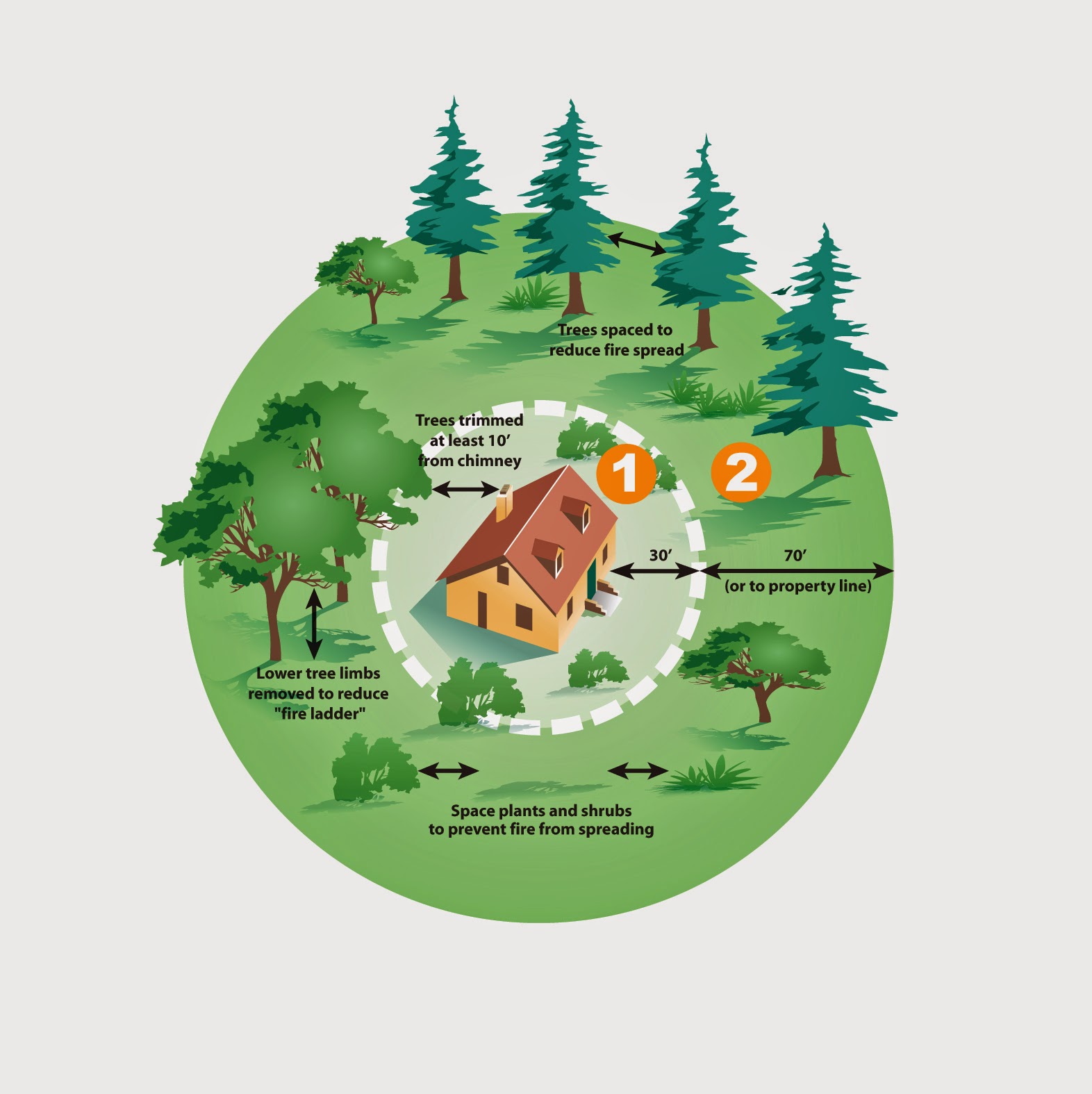 |
| Photo from Birdzilla.com |
The Hummers are coming!
The Hummers are coming!
No, we’re not talking about those tricked out ultra expensive SUV’s, we’re talking about those mighty winged dynamos that have spent their winter along the southern borders of New Mexico, Utah, Arizona and are making their way north again for the warm weather months. We all can admit to having annual love affairs with these smallest members of the avian world. Nothing tops their aerial antics, so now is the time to focus on our foothills gardens and how we can make our yards attractive and suitable enough that these little guys will stick around for the summer. Our environment is perfect and suitably preferred by the hummingbirds. Their flights will range from 5,000 ft and up in elevation during warm weather months. We have 4 main varieties in Colorado. They are The Broad-tail, (the early scouts will arrive shortly), the Calliope, the Black Chinned and finally the Rufus, which will show up in July.
John Sears, from Evergreen’s Wild Bird Store emphasizes that general hummingbird habitat knowledge in our foothills gardens is a key to success. Just like ourselves, hummingbirds need to have basic elements in place before they’ll put out the “Occupied” sign on a plant or tree and start working favorite blooms in your yard.
 |
| Butterfly-Hummingbird Collection: Nature Hills Nursery |
Successful planting schemes in your garden may include height transitions; blooming clumps to taller woody varietals to high shrubs or forest pines. You could scatter your feeders among these transition zones. Variety is the spice of life for these birds. Since they feed by sight and not smell, give them something to look at! Tubular flowers, long bloom times and dense blooming are all attractive and enticing garden elements. Flatter flowers such as petunias occasionally provide feeding sources for insects. Don’t forget that hummingbirds are also pollinators as they make their busy rounds, so beware the use of insecticides on your plants.
| Nesting material basket courtesy of The Wild Bird Store, Evergreen |
As you plan the layout of plants for the summer/fall season, make sure you’re including some fall Salvias to help these little ones start their trip south to winter grounds on a full tank. These birds are impacted by weather & environmental phenomenon like us all, but you can provide the perfect start or stop-over on their trip south with some of these plants. Let us know what your planting successes are and for further questions about hummingbird gardens, call the Jefferson County CSU Extension at 303-271-6620.
Jan Boone, 2011 Colorado Master Gardener Apprentice has lived in Evergreen for 15 years and loves to watch the annual appearance of all types of wildlife, even while they present challenges for the garden. Still, she has a special place in her heart for hummingbird and their arrival each spring.



